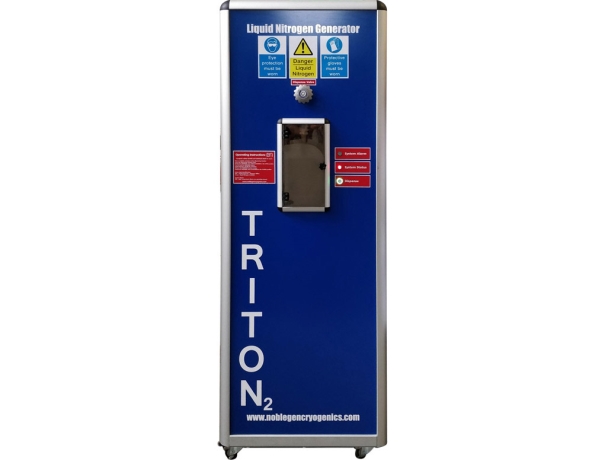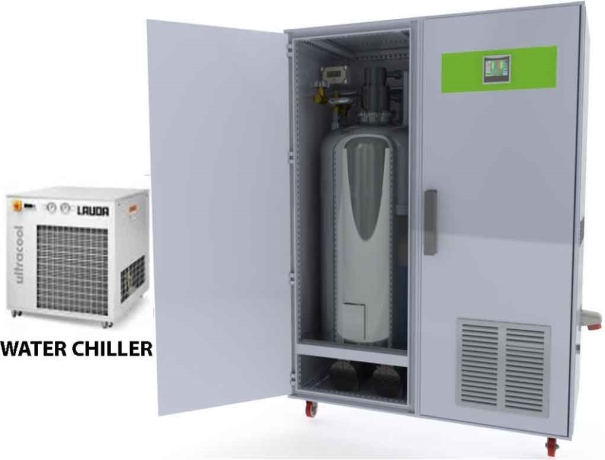Liquid nitrogen generators have revolutionized laboratory operations by providing a reliable and cost-effective source of this essential cryogenic substance. With applications spanning various industries, from research to healthcare and beyond, these generators have become indispensable tools. In this article, we'll delve into the workings, benefits, and diverse applications of liquid nitrogen generators, shedding light on their importance and the ways they enhance scientific progress.
How Do They Work?
Liquid nitrogen generators utilize air separation technology to extract nitrogen gas from the atmosphere and cool it down to its liquid state. This involves a multi-step process of compression, cooling, and separation, resulting in the production of high-purity liquid nitrogen.
Types of Liquid Nitrogen Generators
There are two main types of liquid nitrogen generators: membrane generators and cryogenic generators. Membrane generators employ selective permeability to separate nitrogen from other gases, while cryogenic generators use a liquefaction process to achieve the same goal.

Advantages of Using Liquid Nitrogen Generators
Cost Efficiency and Convenience
Liquid nitrogen generators eliminate the need for purchasing, storing, and transporting large quantities of pre-filled liquid nitrogen containers. This translates to significant cost savings and enhanced convenience for laboratories.
Safety Aspects
By producing nitrogen on-site, the risks associated with handling and storing pressurized or cryogenic gas cylinders are minimized. This enhances laboratory safety and reduces potential hazards.
On-Demand Production
Liquid nitrogen generators provide a continuous supply of nitrogen, ensuring that laboratories have access whenever they need it. This on-demand production eliminates disruptions in critical processes.

Applications Across Industries
Scientific Research
Liquid nitrogen is important in various scientific experiments, such as freezing and preserving biological samples, conducting material testing at low temperatures, and enabling the study of superconductivity.
Healthcare and Medicine
In the medical field, liquid nitrogen is used for cryopreservation of biological tissues, including stem cells and reproductive cells. It also finds applications in dermatology for cryotherapy and removal of skin lesions.
Food and Beverage Industry
Liquid nitrogen's rapid freezing properties make it valuable in the food industry for creating frozen desserts with a smooth texture. It's also used for preserving and packaging food products.
Maintenance and Safety Guidelines
Regular Maintenance
Proper maintenance of liquid nitrogen generators is essential for their efficient and safe operation. Regular inspections, cleaning, and servicing are recommended.
Handling Liquid Nitrogen Safely
Safety protocols, including wearing appropriate protective gear and ensuring proper ventilation, must be followed when working with liquid nitrogen to avoid frostbite and oxygen displacement risks.
Factors to Consider When Choosing a Liquid Nitrogen Generator
Nitrogen Purity
Different applications require varying levels of nitrogen purity. Choosing a generator that meets the required purity standards is crucial for accurate results.
Flow Rate
The flow rate of liquid nitrogen affects the generator's performance. Selecting a generator with an appropriate flow rate ensures consistent supply for laboratory needs.
System Size and Portability
Laboratories with limited space should consider the size and portability of the generator. Compact systems are advantageous in space-constrained environments.